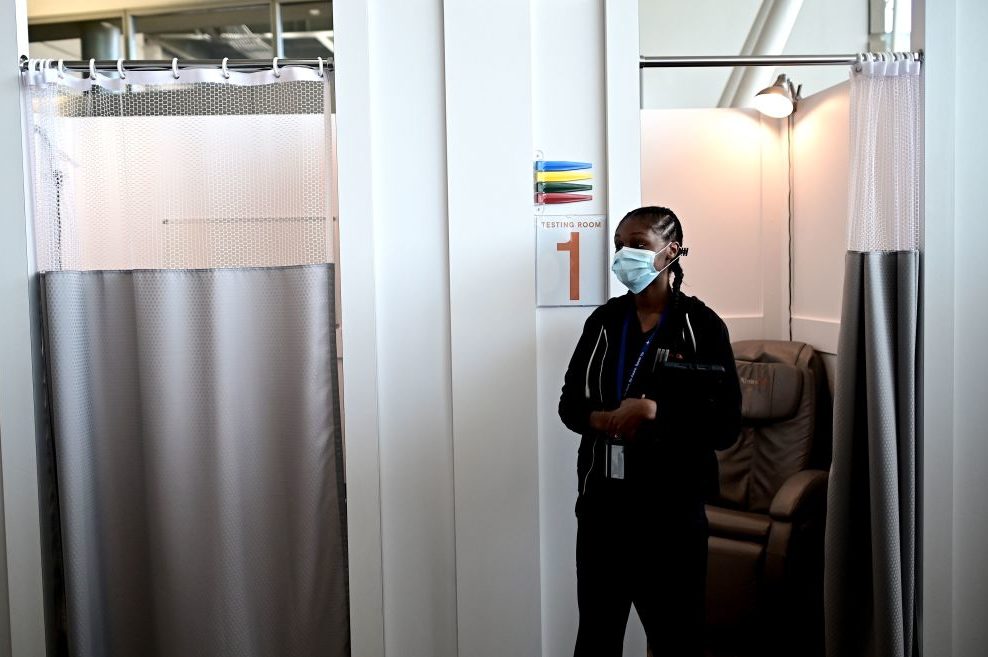Antibody tests on random samples of the population have so far shown much lower levels of general infection than scientists claimed would be necessary to attain ‘herd immunity’. In New York, for example, tests have shown that 21 percent of the population have antibodies to SARS-CoV-2, the virus that causes COVID-19. In London, the figure is 17 percent. Dr Justin Lessler, a Johns Hopkins epidemiologist, suggested that 50-66 percent of the US population would have to be infected in order to achieve herd immunity.
But are antibodies the whole story? Not according to a team from Sweden’s Karolinska Institute, which has found that 30 percent of Swedish blood donors in May this year had an immune response to COVID-19 in their T cells — white blood cells that are an essential part of the immune system. Remarkably, many of these people had no detectable antibodies — suggesting that their T cells had fought off the disease without any need to produce antibodies. In all, they say, roughly twice as many people had a T cell reaction than had measurable levels of antibodies.
The usual warning applies to this research as to virtually all COVID-19 research, including the Imperial College modeling that inspired lockdown — it has not yet been peer-reviewed or published in a reputable journal. Moreover, it included a fairly small sample of 200 people.
However, it does provide a possible explanation for why the COVID-19 epidemic seems to have died away in many places once it had infected around 20 percent of the local population (as judged by the presence of antibodies). If people are developing some kind of immunity to COVID-19 via their T cells then it could mean that a far higher percentage of the population has been exposed to COVID-19 than previously thought. Antibodies and T cells combined, it is conceivable that some places such as New York and London are already at or near the infection level required to achieve herd immunity.
[special_offer]
What the Karolinska team admits that it doesn’t yet know is the extent of immunity to COVID-19, which is gained through the T cell response. One problem thrown up by the research is that it is much harder to detect a T cell response in an individual than it is to detect the presence of antibodies. The T cells can be detected by laboratory tests but there is not yet a test that is as easy to perform as an antibody test. That means that it will take some time to undertake more research in this particular field.
This article was originally published onThe Spectator’s UK website.


















